A Report on Métis Identity by Senate Aboriginal Peoples Committee
Photo: Shutterstock Ottawa (June 6, 2013) – A report on Métis identity released today by the Senate Aboriginal Peoples Committee calls on the...
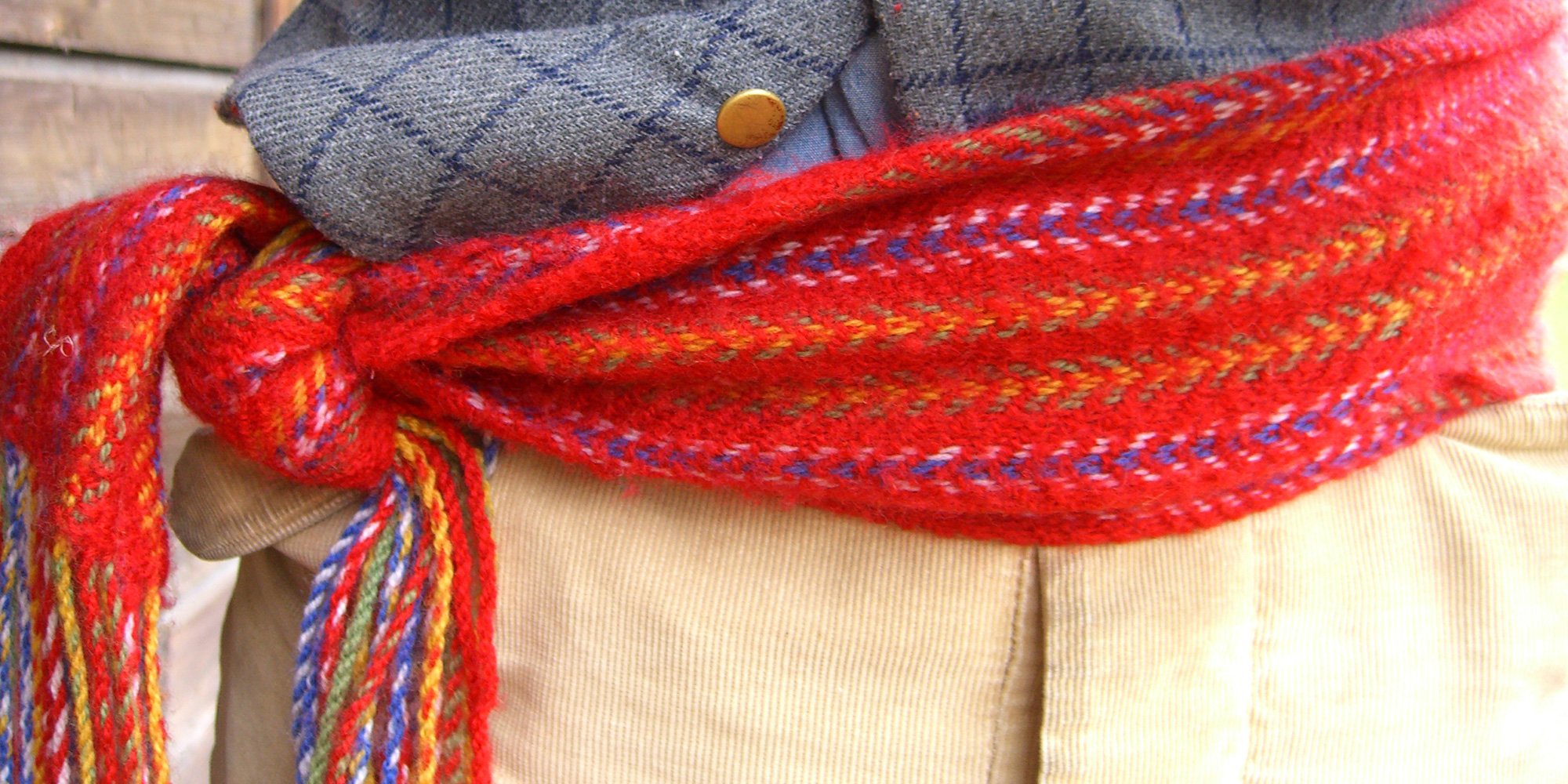
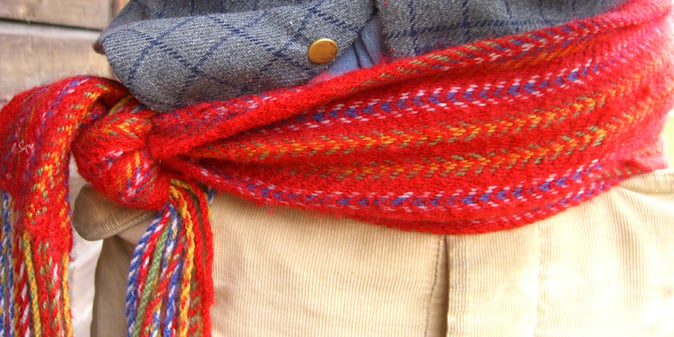
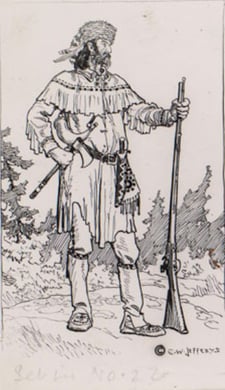
During the 1600s, France began establishing settlements along the St. Lawrence River to advance its fur trade interests. The prevailing “seigneurial” landholding system was a legacy of the feudal age: rigid and restrictive. So, enterprising Frenchmen, soon to be known as “coureurs des bois” (runners in the woods) sought to improve their prospects by venturing into the wilderness, despite restrictions imposed on them by King Louis XIV. The coureurs des bois began establishing homes for themselves within, or beside, Indian communities, marrying Aboriginal women, and starting families. The birth of their children marked the birth of the Métis Nation.
The word “Métis” comes from the Latin “Miscere” meaning “to mix” and is used generally to describe European men and Aboriginal women who had children together. It is understood by Métis people today that the intermarriage of their ancestors involved more than just the blending of races and cultures; it was an evolution that culminated in the birth of a new Aboriginal Nation with its own language, called Michif. The Métis people had their own food, clothing, history, body politic, and flag. There is a national definition of Métis - it means a person who self-identifies as Métis, is of historic Métis Nation ancestry, is distinct from other Aboriginal Peoples, and is accepted by the Métis Nation.
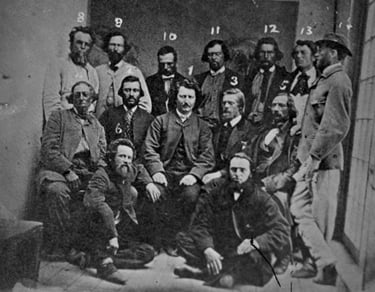
The Métis people played an important role in the history of Canada. They often acted as middlemen between Europeans and Aboriginals: encouraging trade and commerce and mediating disputes. Also, and perhaps of more significance, their legendary struggles for independence in the Red River Rebellion of 1869-70 and the North-West Rebellion of 1885 have inspired other Aboriginal Peoples in their quests for greater autonomy, to the present day.
Time for a little more information on the Metis Identity? The Métis People - A report on Métis Identity by Senate Aboriginal Peoples Committee
Or, how about some background on how the Métis were included in the Constitution Act 1982? Harry Daniels: The Man Who Put Métis in the Constitution
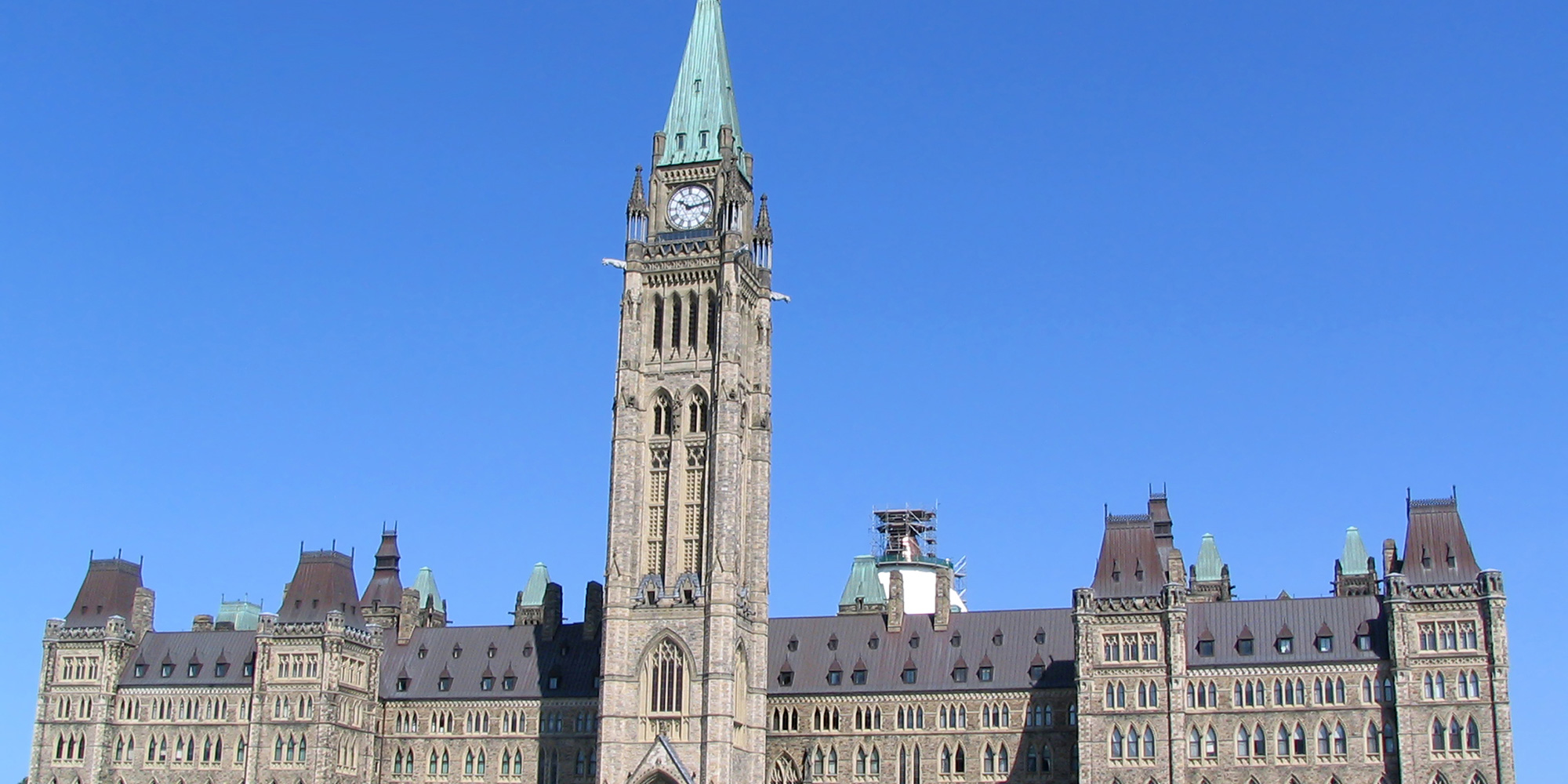
Photo: Shutterstock Ottawa (June 6, 2013) – A report on Métis identity released today by the Senate Aboriginal Peoples Committee calls on the...
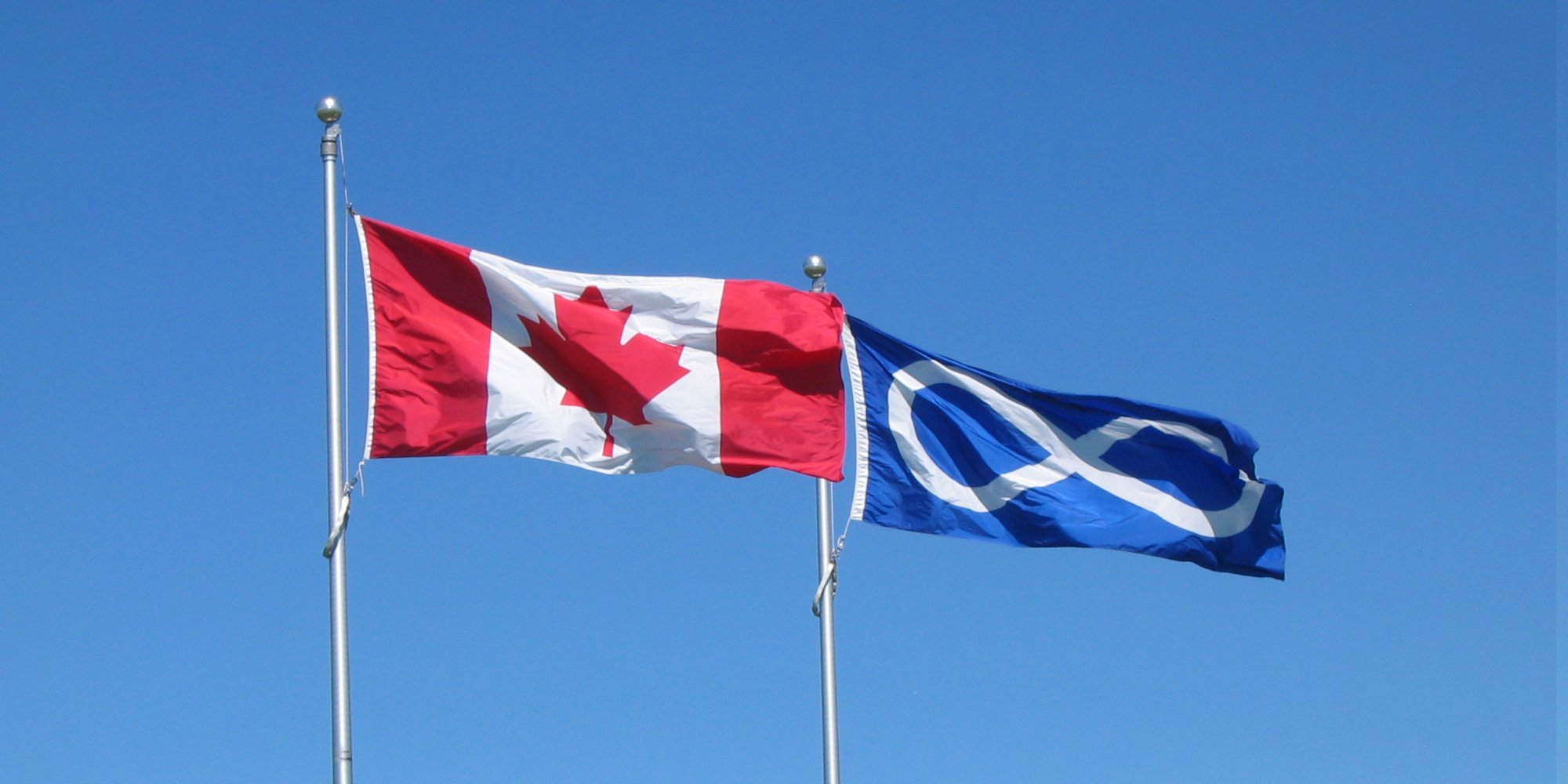
The Métis flag or flag of the Métis Nation features a white infinity sign on a blue background. The infinity symbol represents the mixing of two...
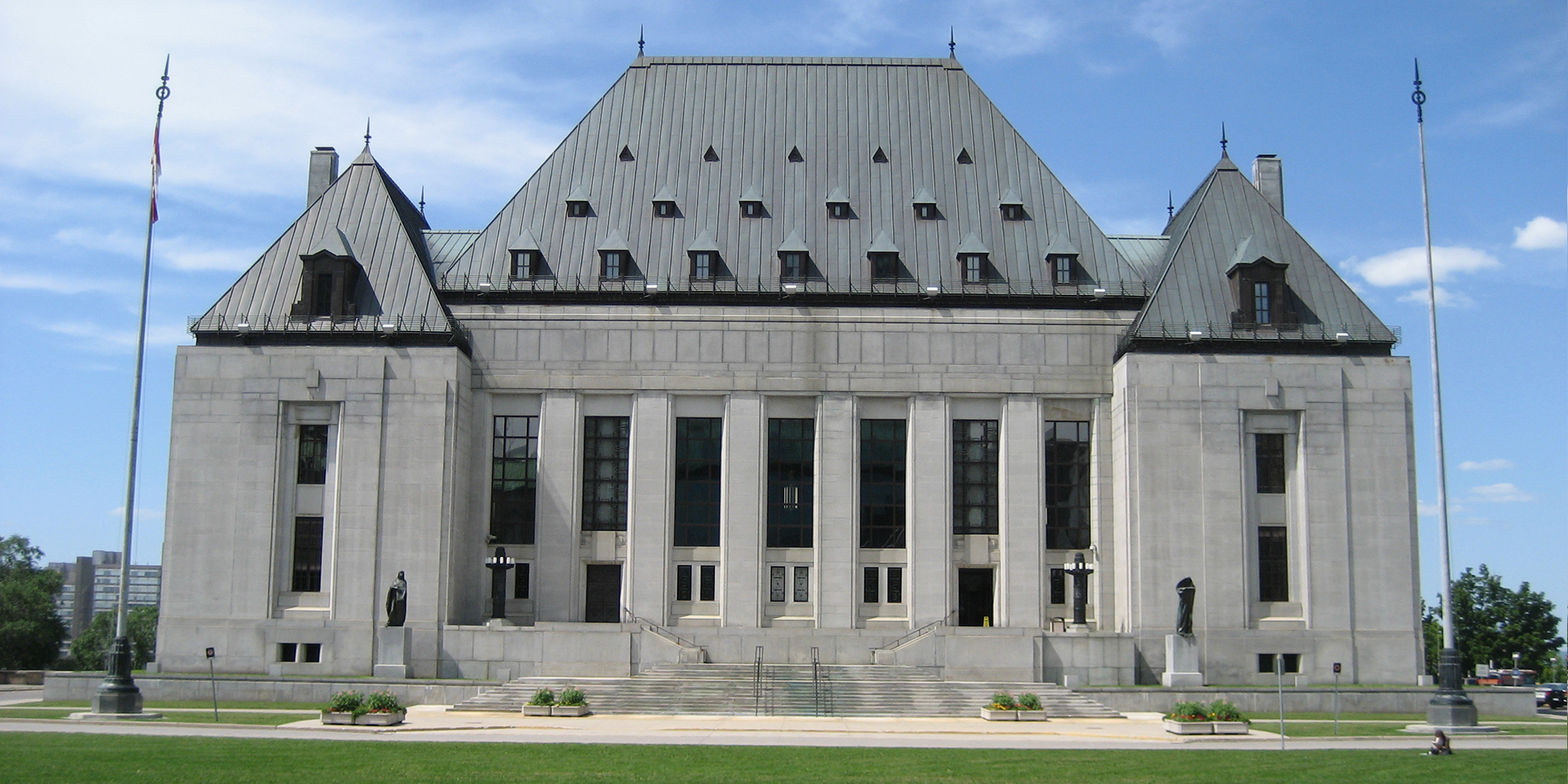
There are a lot of questions and some confusion out there about the April 14, 2016, Supreme Court of Canada ruling on Daniels v. Canada (Indian...